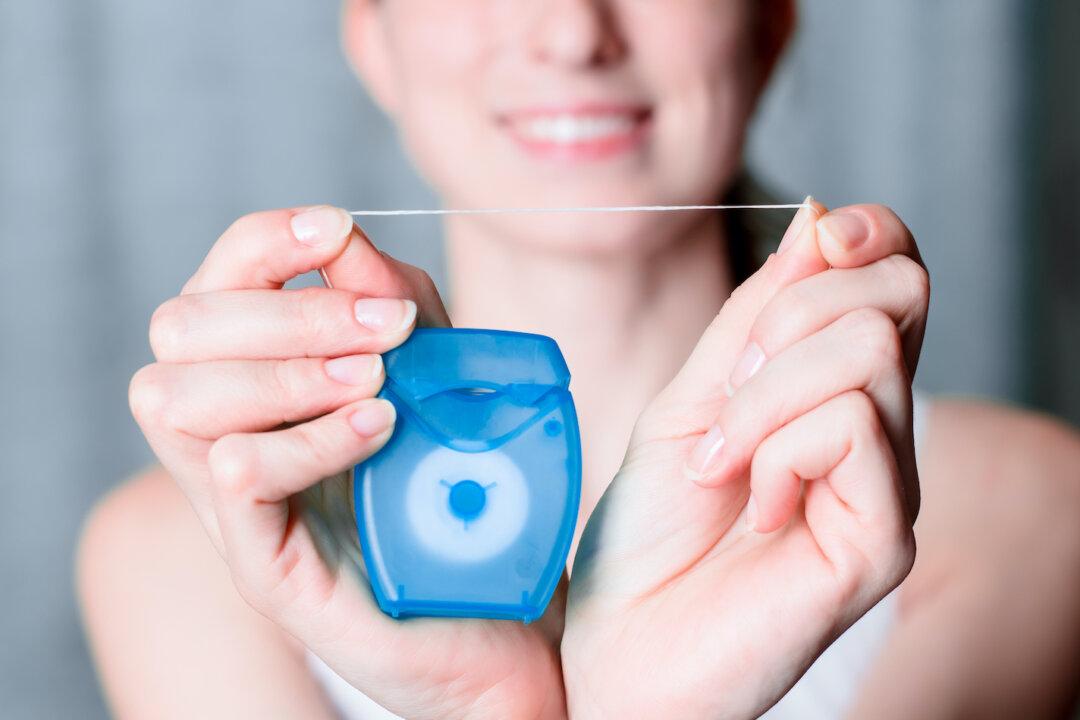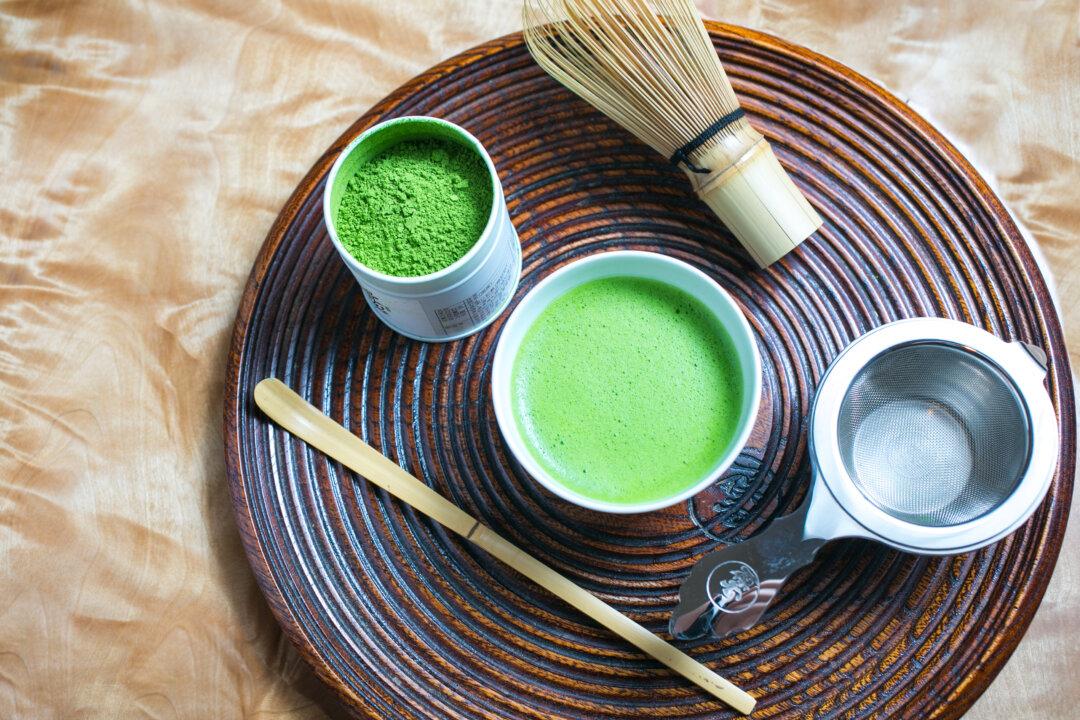When she was in her mid-50s, my mother had a dentist who told her that if she didn’t floss her teeth, they would fall out of her mouth and she would have to get dentures. After his warning, flossing became something of an obsession.
“Don’t forget to floss” is a reminder you’ve heard a thousand times.






